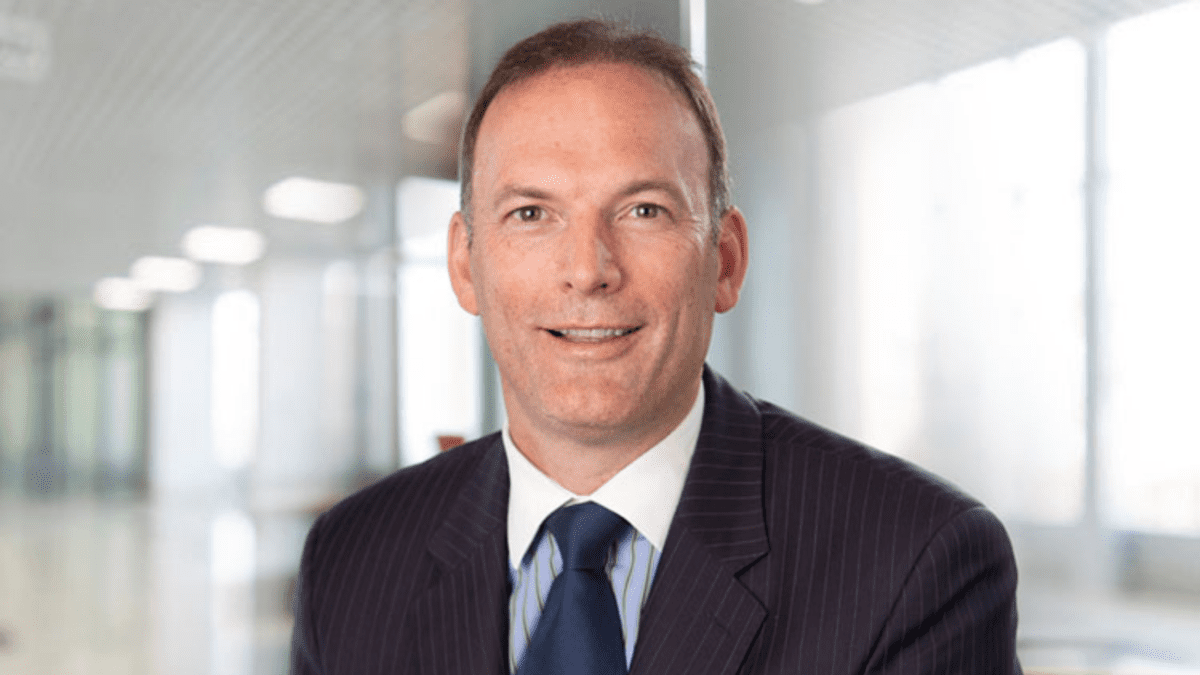After ‘remarkable reset’, fixed income resumes key diversifier role
After spending years on the back burner while artificially low interest rates negated much of its investment appeal, fixed income is returning to the essentials and resuming its important role in portfolios, according to Western Asset’s Anthony Kirkham.
Always a “critical building block for portfolio construction” because of the advantages it offers investors through its differentiated cash flow characteristics, the asset class has traditionally served as a key risk diversifier through its typical negative correlation with equity markets.
In 2022, that dynamic was turned on its head when both markets had down years. But the altered investment landscape in 2023 – including wider credit spreads and higher bond yields – supports a return of the defensive attributes fixed income is known for, Kirkham, head of investment management Australia at the global fixed-income manager, said in a recent note.
“The asset class’s key attractions, including high income and total return potential, diversification benefits via a low-to-negative correlation with growth assets, and defensive attributes linked to potential capital appreciation in times of stress, are back after a long period of rate manipulation that started post-GFC.”
New landscape suits fixed income
The investment landscape has changed dramatically in fixed income’s favour over the past year-plus, Kirkham says. “At the onset of 2022, investors scouring the globe for yield opportunities were continuing to stretch risk and liquidity budgets in their pursuit of reasonable prospective returns.”
After peaking at US$18.4 trillion in December 2020, the universe of negative-yielding debt shrank to $3 trillion by the end of March 2022. “In hindsight, this was a preliminary sign of the conclusion of the ‘easy policy’ era,” Kirkham said.
“Central bankers who had driven yields to near zero or beyond to provide cheap funding and promote growth were being forced to reverse course. Then, rising inflationary pressure linked to aggressive monetary and fiscal stimulus, COVID-related supply chain disruptions, and energy supply shocks all combined to push inflation to record levels.”
Adding to these pressures, the war in Ukraine had deep effects on both energy and agriculture, prompting central banks to raise policy rates. “By the start of 2023, the balance of negative-yielding debt evaporated following Japan’s unexpected policy shift and, more widely, the yields on fixed-income assets had hit compelling levels,” Kirkham said.
A ‘remarkable reset’
While the coordinated central bank response was challenging for fixed income, it also sparked a “remarkable reset for the asset class”, Kirkham says, allowing it to resume its traditional role in portfolio construction. Fixed income now offers much greater income and total return potential.
Kirkham attributes the rise in index yields to three factors, including the aggressive monetary policy shift to higher rates. Also contributing were the widening of swap spreads across the curve as liquidity tightened and volatility affected markets and the widening of credit spreads as investors re-evaluated corporate earnings profiles.
The recent moves create opportunity for investors, especially those in Australian fixed income and credit, to achieve higher returns without additional credit or illiquidity risk, Kirkham said. He noted that credit spreads in Australia are at similar levels to offshore markets, despite Australia having a relatively high-quality issuer base.
Also supporting Australian issuers is the domestic market’s unique structure linked to the monopolistic or duopolistic nature of many local industries. This gives more levered issuers in the infrastructure and utility sectors pricing power, allowing them to pass inflationary pressures on to consumers.
Compelling opportunities
While periods of financial stress typically cause equity valuations to fall, they also prompt expectations of monetary easing by central banks, which makes bond prices rally. “The move higher in yields recently promotes greater capital appreciation potential in such times of stress and correlation benefits,” Kirkham said.
Moreover, as central bank efforts contribute to slowing economic growth and moderating inflation, trends preceding the recent inflation shock, including high government debt and ageing demographics, will likely reassert themselves.
“With that in mind, higher yields and wider spreads offer compelling investment opportunities for fixed-income investors,” Kirkham says. “A combination of higher income and potential capital appreciation, matched with renewed diversification benefits and the likelihood of a more stable return profile going forward, sees the asset class well placed to deliver the attributes sought out by investors.”









